Below the Plauen Malt House and St. John’s Church runs the Mühlgraben. Here stands a row of houses that are over 500 years old and are now known as weavers’ houses.

Actually, these houses should rather have been called dyer’s houses, because looms have never stood there. The houses are much too small for that. Here, outside the city walls of Plauen, the unclean trades were settled, i.e. dyers, tanners and bleachers.

At that time, there were three mills in the millrace, which was diverted from the Elster River and operated with the help of water energy. The small houses at the edge of the ditch were used as dye houses for the clothiers. The Plauen dyers were able to dye the approximately 40 meter long lengths of cloth black and blue. These fabrics were mainly used for uniforms. After the cloth was dyed, it was nailed to frames to dry and placed on sunny slopes.
The small row of houses has been preserved almost completely. For example, there is a house that was built in the Middle Ages. Another house dates from around 1750. For many years the houses were unused and slowly deteriorated.

Tour of the weavers’ houses
In 1999, the private initiative Unikat e.V. took over the houses at Bleichstraße 11-17. With a lot of commitment, the houses were saved from decay and renovated in accordance with the preservation order. Since then, the association has continued to expand the services offered on site. Workshops have been set up in the small houses. Here, courses are offered that are primarily aimed at children and young people.
During our visit, it seemed to us as if we were immersed in another world. The small crooked houses look like an enchanted place from the outside. Everywhere one discovers lovingly designed details that indicate that art is at home here.

If you step through the houses, you come to the millrace, which had just quite little water during our visit. Here, in the quiet garden, time seems to see still. Everywhere one discovers small and larger works of art. You can sit in the shade of the trees and, as I felt, find a piece back to yourself and nature. A wonderful spot in Plauen.

Workshops and museum
During a short tour of the weavers’ houses, we were able to take a look at the various workshops. Narrow staircases and narrow doors lead into rooms that, with their crooked walls and low ceilings, come very close to my idea of a witch’s house. Each room is unique and I feel as if they are bursting at the seams, so much material for creative workshops can be found here. Groups of children can work with wood, felt, make ceramics, draw candles or learn to sew, for example, in 5 workshops. Great importance is attached to teaching old techniques as well. Especially the work with children is in the foreground, but there is also the possibility for adults to participate in courses.



In one of the houses a small museum has been created. Here, some rooms are designed as people lived over 100 years ago. Whether living room or a wooden slipper workshop, in the tiny rooms of the house you experience a small journey through time.


If you want, you can buy in one of the small rooms in the potter’s house a wide variety of handmade products made by regional artists. There is also the possibility to buy gifts in the felt house and in the craftsmen’s yard. We could not pass by the diverse offer and immediately bought a birthday gift.

If you step out of the houses, you can visit a large garden on the other side of the path. This is used for events, for example. In former sheds a “library” has been created. Similar to book boxes / book phone booths, one can drop off used books here and look for new books. The shelves are well filled and people are very happy when a book finds a new home. The cozy room can also be used very well for small events, such as book readings. The library is also open during the opening hours of the weaver houses.

A craftsman’s yard comes into being
Only a few meters away once stood the Hempel factory, today there are only a few buildings that remain. In the buildings of the former stables, a new area is being created, the Handwerkerhof, with many new offerings. Some areas are already completed, other areas are still in the planning phase.

In the area where the horses used to stand, for example, new workshops have been built. Here you can bake bread together in a beautiful kitchen. Or you can visit a small print shop where you can, for example, design and print your own greeting garden.
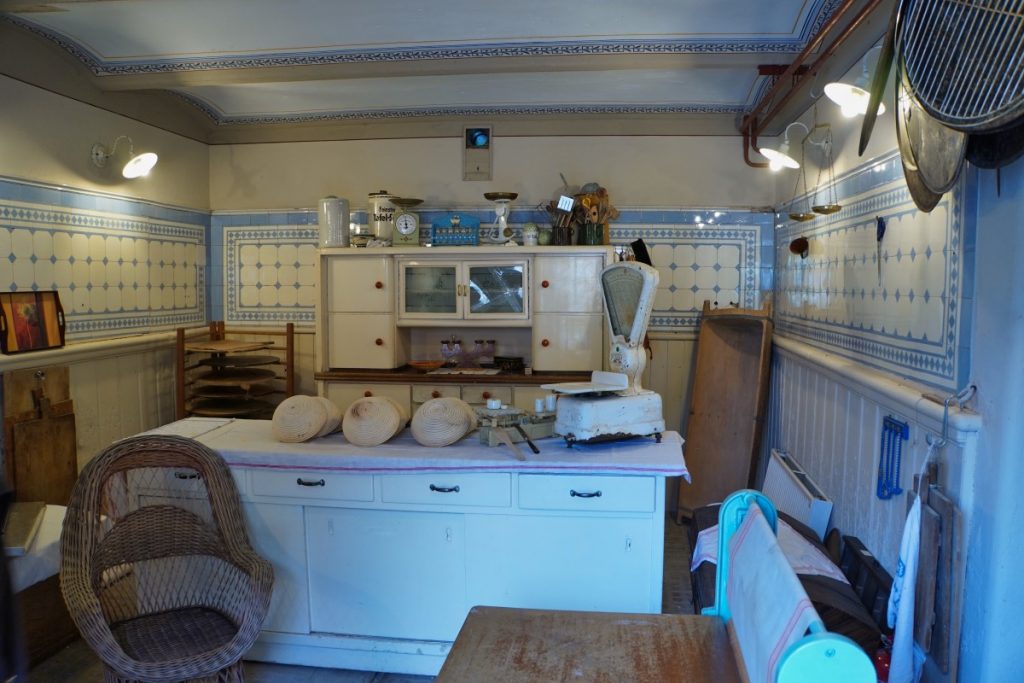

The adjoining coach house now houses a wood-turning workshop and the former hayloft has been transformed into a large banqueting hall.
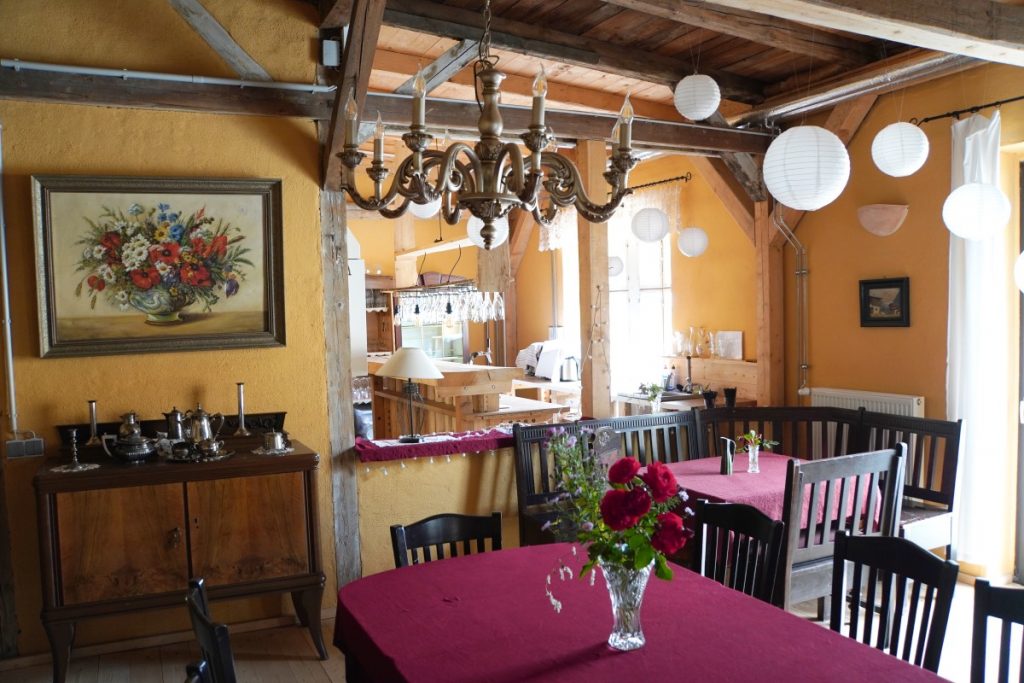

During a tour of the upper floor, we also discover a historic classroom. Here, students get an insight into school life in days gone by.

Unikat e.V. regularly organizes events on the entire premises. At Christmas, for example, a Christmas market is held on one weekend, and Easter and Walpurgis Night are celebrated together. During the school vacations there are special offers for school children and there is also the possibility to celebrate a creative children’s birthday in the workshops. Those who prefer to take part in a historical guided tour can book it for smaller groups.
We really liked the great offer of the weavers’ houses and the craftsmen’s yard in Plauen. Not only has it been possible to preserve the historic buildings, but we were also impressed by the idea of creating a creative place where people feel at home.
Address:
Bleichstraße 9-15
08527 Plauen
Opening hours:
Monday – Friday: 9-15
Saturday: by appointment (email: [email protected])

The visit to the weavers’ houses was part of a research trip to Plauen. The article was written independently of the visit.



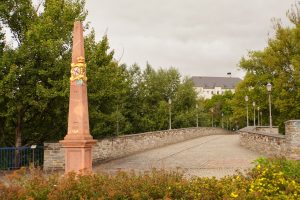
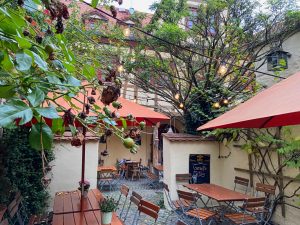

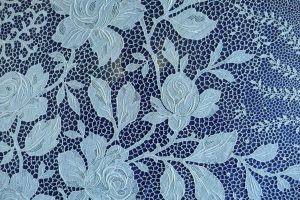




Leave a Reply